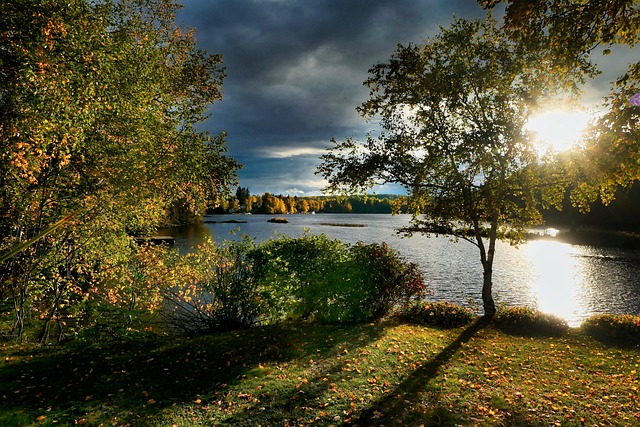
Scientists calculate when, and where forests should be protected
According to a new study, there are certain forests that are more important to protect than others in order to prevent species extinction. The study, which was published in the journal Nature, used a mathematical model to identify which forests are the most important to conserve. The model looked at factors such as the number of species inhabiting a particular forest, the likelihood of those species becoming extinct, and the cost of conservation. Based on these factors, the researchers were able to identify which forests should be a priority for conservation efforts. This information is valuable for decision-makers who are responsible for allocating conservation budgets. By prioritizing the most important forests, they can ensure that their limited resources have the maximum impact in terms of reducing extinction risks.
“Choosing which forests to protect first requires careful prioritization. Beyond cost-effectiveness, this decision has to grapple with the fact that forests we don’t currently have a handle on could be gone tomorrow,” said Steve Miller an assistant professor in environmental studies at the University of Colorado Boulder and co-author of the paper.”
There are many reasons why conservation spending should be concentrated in a small number of priority ecoregions. For one, this approach helps to ensure that limited resources are used in the most efficient way possible. By targeting specific areas, conservationists can have a greater impact on the overall health of ecosystems. Additionally, this approach helps to focus the efforts of conservationists and allows them to build up expertise in specific regions. As a result, they are better equipped to develop long-term plans for species protection and habitat restoration. Finally, by working in a smaller number of ecoregions, conservationists can develop strong partnerships with local communities and other stakeholders. These partnerships are essential for ensuring that conservation efforts are sustainable in the long run.
The conservation of biodiversity is essential to the health of our planet and its inhabitants. While all ecosystems are important, those regions that are home to the greatest number of species – typically the tropical rainforests – are of particular concern. These regions are under threat from a variety of factors, including deforestation, climate change, and the illegal wildlife trade. However, there is a reason for hope. Those regions, primarily in the tropics, offer the opportunity to protect a large number of species at a comparatively low cost. By working with local communities and governments, we can develop effective conservation strategies that will help to ensure the survival of these vital ecosystems.

The world’s forests are under threat from deforestation, and the loss of these vital ecosystems would have serious consequences for the planet. However, the cost of conserving forests can be high, and it is not always clear where conservation dollars should be spent. One approach is to prioritize ecoregions based on the benefit-to-cost ratio they offer. This means that ecoregions with a high potential for conservation and a low cost of protection would be given priority. While this approach does not take into account the rates of deforestation, it does provide a more systematic way of allocating resources. Another approach is to focus on ecoregions that are at risk of deforestation. This ensures that conservation dollars are spent in areas where they are most needed. However, it can be difficult to predict which ecoregions will be deforested in the future, and this approach may not be as effective in the long term. Ultimately, the decision of how to allocate conservation dollars depends on the priorities of those making the decisions.
The loss of habitat is one of the leading causes of species extinction. Luby’s research provides a framework for thinking about both when and where to conserve to minimize extinction risks. He suggests that we consider both what regions are most important to conserve and what regions are most important to conserve first. This approach takes into account both the current state of the environment and the future consequences of our actions. It is an important step in preventing the loss of biodiversity and ensuring the survival of vulnerable species.
As the world’s population continues to grow, so does the demand for natural resources. This has put a strain on the environment, leading to habitat loss, species extinction, and other serious problems. To address these issues, world leaders are expected to adopt the Post-2020 Global Biodiversity Framework at the upcoming meeting of the Convention on Biological Diversity. This framework will provide a strategic plan for conserving biodiversity over the next decade. The recommendations in this report will help inform these discussions and shape the future of biodiversity conservation.
Reference:
University of Colorado Boulder